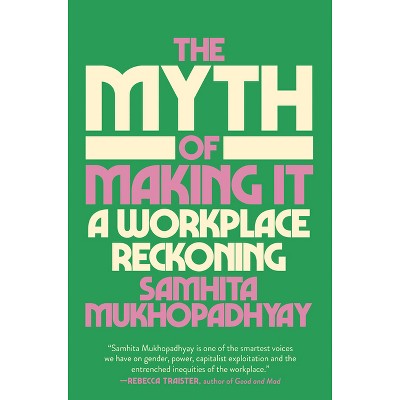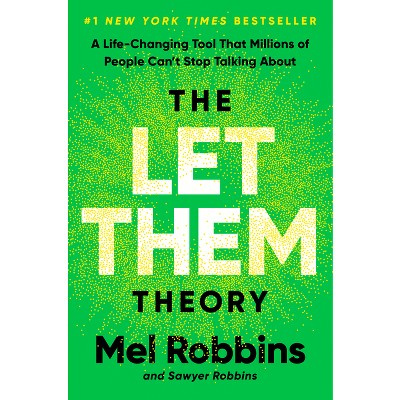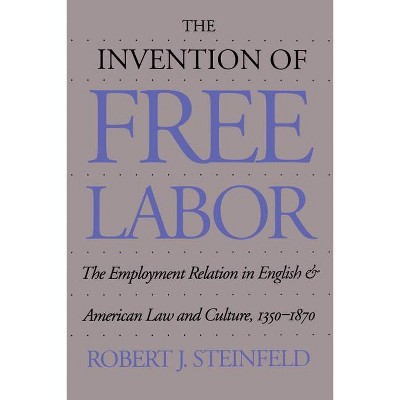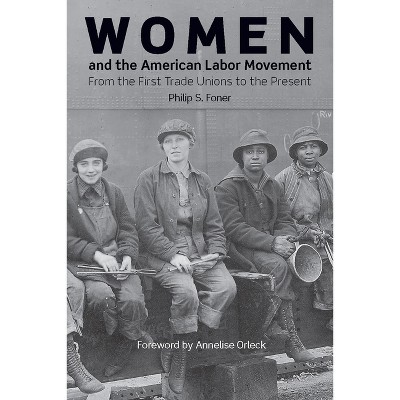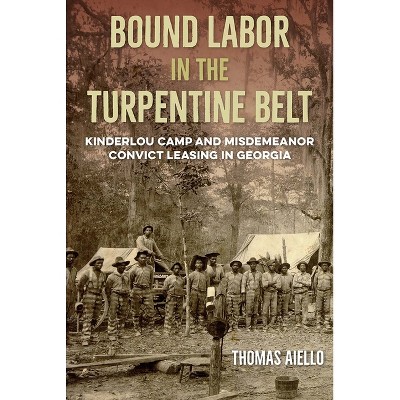Sponsored

Empire of Labor - by Titas Chakraborty
$29.95
In Stock
Eligible for registries and wish lists
Sponsored
About this item
Highlights
- Empire of Labor tells the story of how hired workers experienced and responded to the rise to power over the long eighteenth century of the English East India Company (EIC), which perennially hired thousands of people in and around its settlements in Bengal.
- About the Author: Titas Chakraborty is Assistant Professor of History at Duke Kunshan University.
- 338 Pages
- History, World
Description
About the Book
"Empire of Labor tells the story of how hired workers experienced and responded to the rise to power over the long eighteenth century of the English East India Company (EIC), which perennially hired thousand of people in and around its settlements in Bengal. Focusing on boatmen and silk reelers as well as sailors and soldiers--a remarkable look at both indigenous and European workers--the story begins with the earliest accounts of the EIC's dealings with hired labor in the region, from 1651. Prior to EIC dominance, hired workers drove hard bargains with their employers, making demands that drew upon their own notions of wages, work rhythms, and time. When their demands were not met, they ran away, often to rival indigenous or European employers. Empire of Labor explores these demands and how they conflicted with the EIC's notions of discipline. The book rethinks the ascendancy of the Company-State as a violent process involving removing competing employers, imposing army and police power, introducing new production technologies, and instituting draconian regulations which eliminated indigenous cultures of work. Most importantly, it depicts the lifeworlds of these recalcitrant workers, showing how they lived and resisted. A major intervention in histories of colonialism, labor, migration, and law, Empire of Labor ultimately recasts colonial rule as a novel form of state-labor relationship"--Book Synopsis
Empire of Labor tells the story of how hired workers experienced and responded to the rise to power over the long eighteenth century of the English East India Company (EIC), which perennially hired thousands of people in and around its settlements in Bengal. Focusing on boatmen and silk reelers as well as sailors and soldiers--a remarkable look at both indigenous and European workers--the story begins with the earliest accounts of the EIC's dealings with hired labor in the region, from 1651. Prior to EIC dominance, hired workers drove hard bargains with their employers, making demands that drew upon their own notions of wages, work rhythms, and time. When their demands were not met, they ran away, often to rival indigenous or European employers. Empire of Labor explores these demands and how they conflicted with the EIC's notions of discipline. Analyzing Bengali literary sources and Dutch and English archival materials, the book rethinks the ascendancy of the company state as a violent process involving removing competing employers, imposing army and police power, introducing new production technologies, and instituting draconian regulations which eliminated indigenous cultures of work. Most importantly, it depicts the lifeworlds of these recalcitrant workers, showing how they lived and resisted. A major intervention in histories of colonialism, labor, migration, and law, Empire of Labor ultimately recasts colonial rule as a novel form of state-labor relationship.From the Back Cover
"Empire of Labor integrates histories of indigenous and European hired labor in East India Company Bengal to completely alter our understanding of the character of work and flight. Refocusing our attention on law, policing, and violence, it shows how the EIC created new hierarchies of discipline to control the mobility of men, women, and children, override their customary practices, and standardize wages and contracts. In this way, waged work forged new social relations and created new forms of servility that crushed precolonial freedoms and destroyed lifeworlds."--Clare Anderson, author of Convicts: A Global History "This book combines methodological boldness with archival riches to make a compelling case about waged work in the early modern peninsula. In the process, it reenergizes labor history for all readers and gives them both novel and exciting directions in which to pursue its leads."--Indrani Chatterjee, John L. Nau III Distinguished Professor in the History and Principles of Democracy, University of Virginia, Charlottesville "A completely novel and original contribution to the history of work in Bengal and India in the period of 1670-1820. Titas Chakraborty demonstrates convincingly how, especially in the decades around 1800, the rules of the game were changed by the British, putting heavy constraints on the freedom of wage workers--constraints with long-lasting impacts on the development of India to this very day."--Jan Lucassen, author of The Story of Work: A New History of HumankindAbout the Author
Titas Chakraborty is Assistant Professor of History at Duke Kunshan University.Dimensions (Overall): 8.82 Inches (H) x 5.98 Inches (W) x .94 Inches (D)
Weight: .9 Pounds
Suggested Age: 22 Years and Up
Number of Pages: 338
Genre: History
Sub-Genre: World
Publisher: University of California Press
Format: Paperback
Author: Titas Chakraborty
Language: English
Street Date: March 4, 2025
TCIN: 93632096
UPC: 9780520399648
Item Number (DPCI): 247-03-6769
Origin: Made in the USA or Imported
If the item details aren’t accurate or complete, we want to know about it.
Shipping details
Estimated ship dimensions: 0.94 inches length x 5.98 inches width x 8.82 inches height
Estimated ship weight: 0.9 pounds
We regret that this item cannot be shipped to PO Boxes.
This item cannot be shipped to the following locations: American Samoa (see also separate entry under AS), Guam (see also separate entry under GU), Northern Mariana Islands, Puerto Rico (see also separate entry under PR), United States Minor Outlying Islands, Virgin Islands, U.S., APO/FPO
Return details
This item can be returned to any Target store or Target.com.
This item must be returned within 90 days of the date it was purchased in store, shipped, delivered by a Shipt shopper, or made ready for pickup.
See the return policy for complete information.
Frequently bought together

Trending Non-Fiction

$19.31
was $20.98 New lower price
4 out of 5 stars with 64 ratings

$18.28
was $19.58 New lower price
4.7 out of 5 stars with 17 ratings

$4.59
MSRP $7.99
Buy 2, get 1 free select books
4.8 out of 5 stars with 123 ratings

$6.20
MSRP $10.95
Buy 2, get 1 free select books
4.8 out of 5 stars with 33 ratings

$7.09
MSRP $9.99
Buy 2, get 1 free select books
4.9 out of 5 stars with 46 ratings


